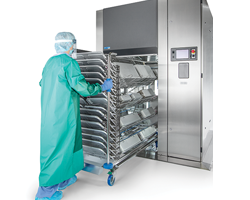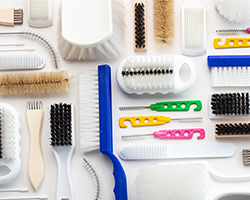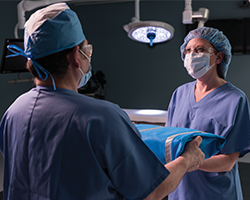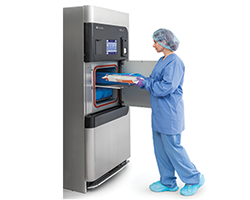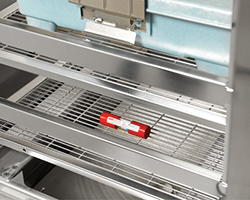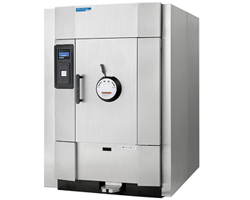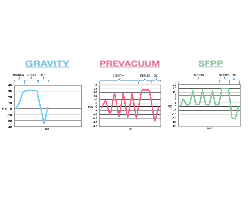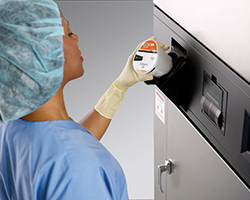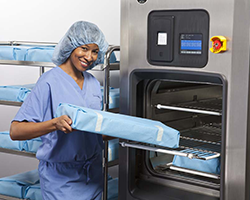-
Resources
Certificates of Analysis
Device Compatibility Matrix
Instructions Fro Use
Medivators Hookup Guide
Safety Data Sheets -
Contact Us
Contact Form
Get a Quote or Information
Healthcare Live Chat
Locate Your STERIS Representative -
Global Sites
 United States
United States
 Canada (EN)
Canada (EN)
 Canada (FR)
Canada (FR)
 Deutschland
Deutschland
 Italia
Italia
 United Kingdom
United Kingdom
Europe, Middle East and Africa
 Australia
Australia
 New Zealand
New Zealand
 Singapore
Singapore
Asia-Pacific
 Brasil
Brasil
 México
México
América Latina - Live Chat
- Email Alerts












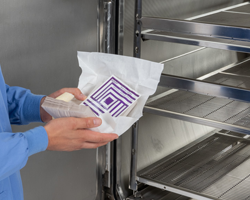






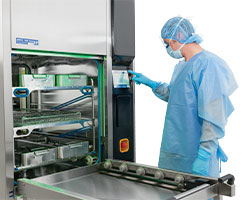

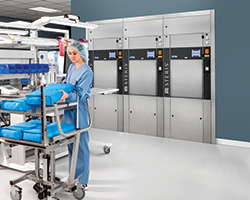

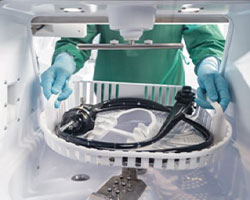

.png?h=200&iar=0&w=250&hash=503980E0268C5010A14277974927F19E)






